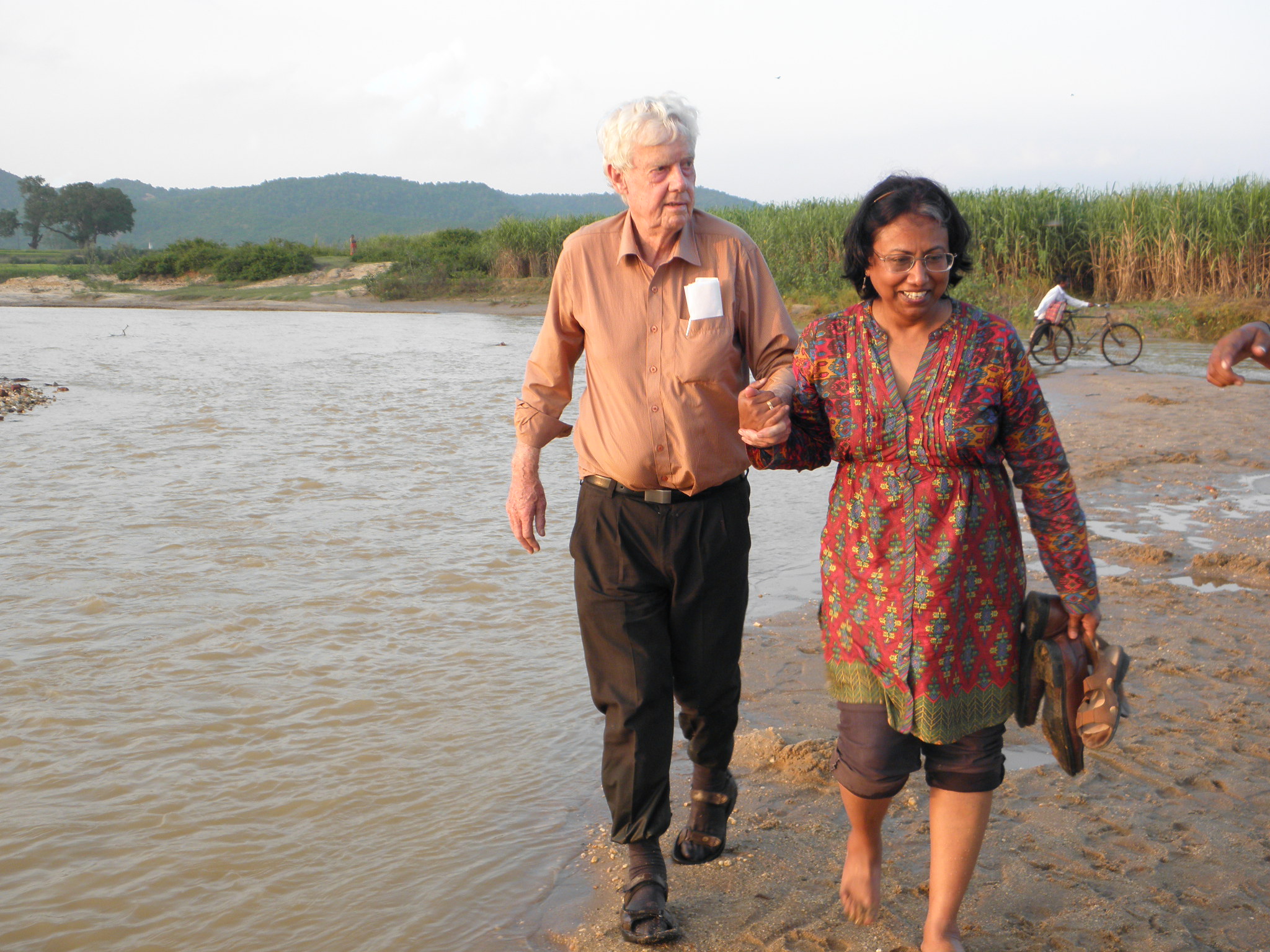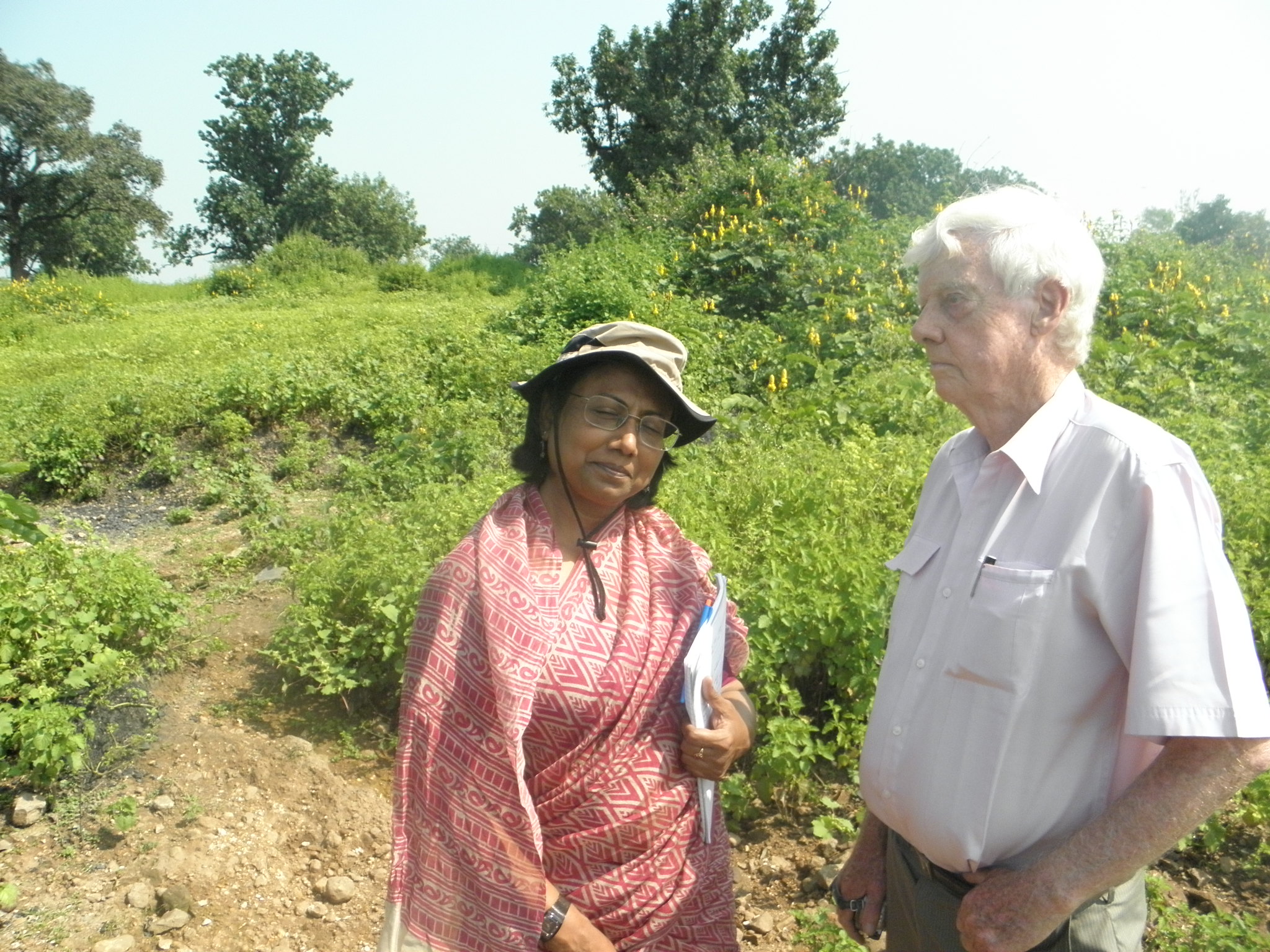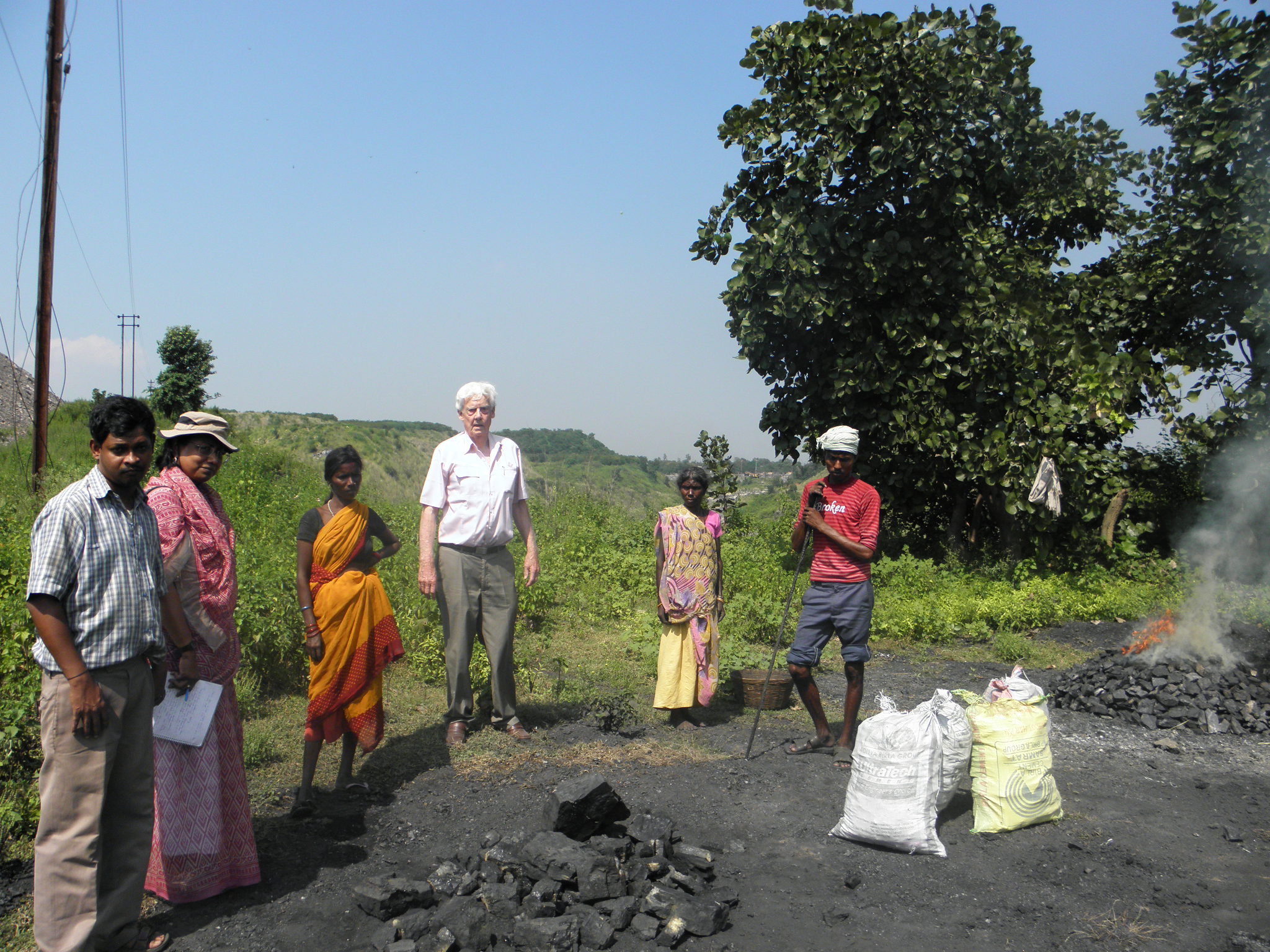


SOCIAL & ENVIRONMENTAL ASPECTS OF COAL MINING
Coal is an organic material - carbon-rich substance produced through natural processes over millions of years - used primarily as a fuel. However, in its journey from being a material resource to becoming a commodity, coal traverses a long path, and is created and recreated by its users, acquiring meaning and values and utility through its interactions with human society. Coal is seen as dirty, old-fashioned, cheap industrial raw material, but transformed into a commodity, it empowered the humans to an extent unthinkable in human history. Coal fundamentally changed our relationship with nature. The industrial age emerged from the use of coal, and led to the most important debate of the present day about the future of the modern world. Coal's impact is far from over; this is the reason why the social historian of British coal, Barbara Freese (2003, 2), commented that coal gives us 'a disturbing glimpse of our future. ' This statement is possibly more apt for India than for any other country. Quoting the Coal Fields Committee of India, Margaret Read (1931: 105) said that 'Coal is a national asset.' This statement remains valid even today.
With its separate Ministry, coal occupies pride of place in contemporary India, the energy future of which it shapes and the economic and political milieu of which it influences. Coal mining was one of the pivotal modern industries shaping India's colonial trajectory but, unlike tea plantations or jute mills, the coal mining industry assumed iconic status as a national symbol after Independence. At the same time, the coal mining industry created a unique working class comprising people who came from villages to work in the collieries, and who formed unions to protest against worker exploitation. In recent years the supremacy given to coal mining in forest-covered frontier areas traditionally used by tribal and rural communities has dispossessed and pauperised many such people. Combustion of coal to produce electricity constitutes the compelling need that has prevented the Indian state in engaging with the impending realities of a climate-changed future. Given its current role in meeting India's energy demands, one can predict that the prime position of coal in the country will remain, at least for the foreseeable future.
Whilst David's research was targetted at technical aspects of coal mining - gas content, methane emissions etc -Kuntala's research has focussed on environmental and social issues surrounding coal mining. She started with a large three-year research project 'Role and Perception of Women of the Environmental Impacts of Mining' funded by the Ministry of Environment and Forests (MoEF,Government of India in 1993-'94. This project explored the changes in landuse, rapid urbanization and decay in peasantry over three past decades, and rural women's perceptions of these changes in a coal mining region in eastern India.
This study was followed by another research grant from MoEF concerning 'Location, Extent and Impacts of Surface and Subsurface Coal Fires in the Raniganj Coalbelt'. This study explored the human impacts of surface and subsurface coal fires in the region. A publication from this study is: Gangopadhyay, Prasun Kumar, Kuntala Lahiri-Dutt and Kanika Saha 2006. Application of remote sensing to identify coal fires in the Raniganj coalbelt, India, (International Journal of Earth Observation and Geoinformation, 8 (3), p.188-195).
The University Grants Commission of India awarded Kuntala with a prestigious three year 'Career Award'. This allowed her time to write some of her research as a book, published in 2001 'Mining and Urbanization in the Raniganj Coalbelt', Calcutta: The World Press. Around the same time, Kuntala coordinated, for the Panos Institute of the UK, the 'Oral Testimony Project on mine-displaced indigenous communities in eastern India'. She wrote a report on this 'When the Mines Come', and organised a multi-stakeholder Roundtable in Ranchi, in July 2002. Kuntala has written in Economic and Political Weekly, jointly with Fr Tony Herbert in 2004: 'Coal sector loans and displacement of indigenous populations: Lessons from Jharkhand'.
These research themes continued after joining ANU 2002, with increasing empahsis on gender issues concerning women
working in coal mines and impacts on rural women caused by mining-caused displacement. David and Kuntala collaborated on a study of informal coal mining
in Jharkhand, with a focus on the delivery of coal by bicycle from village-dug mines and an assessment of the supply chain -



One of her most widely-read papers was published in 2007 in Economic and Political Weekly (Vol. XLII, No. 49, December 8-14, pp. 57-67): Illegal coal mining in eastern India: Rethinking legitimacy and limits of justice' It was reprinted in 2009 as a chapter in Sanam Roohi and Ranabir Samaddar (eds) Key Texts on Social Justice in India: State of Justice in India, Issues of Social Justice, Sage, 294-323
A number of short YouTube videos on some of Kuntala's coal-related field studies can be viewed. Some of these are:
Her publications on coal and other mining-related issues can be accessed through Informal mining as well as her homepage at - ANU office